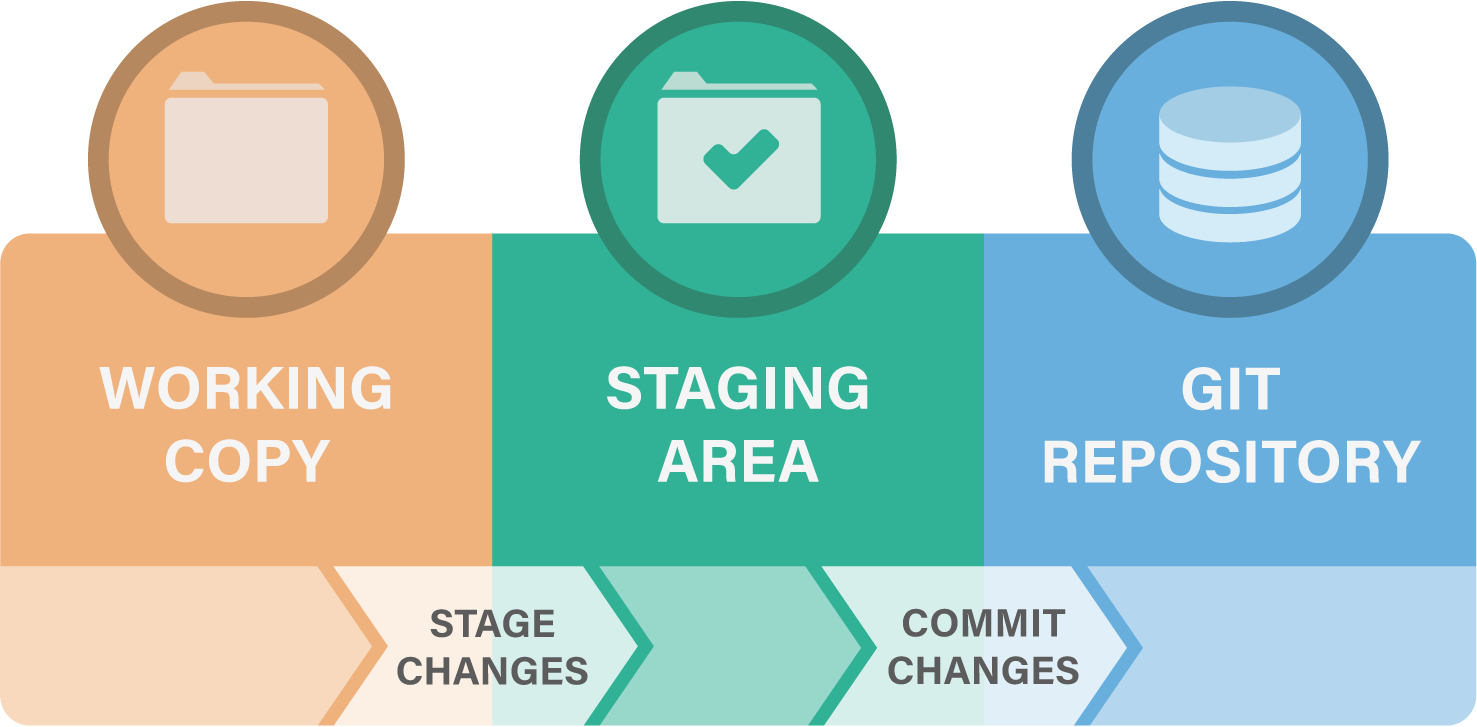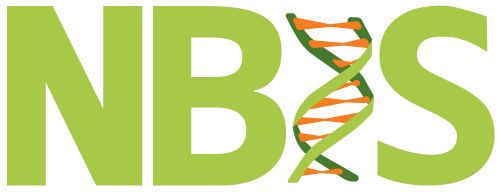Version control with 
22-Oct-2025

What is Git?
- A widely used system for distributed version control
- Keeps a complete history of the changes you make to your files
- Each point in the history can be re-visited and compared with others
- Git tracks who contributed what to your code
- Git can help you version, backup and share your code and documents
- Kind of like Dropbox, but you decide when each version is saved (plus a lot of more advanced features)
- Git is mainly used for text files, not large or binary files
Git nomenclature
- A repository is a collection that encompasses all the files and directories of a project
- A commit is a snapshot of a repository’s history, i.e. a point in development time
- Development can be separated into branches, allowing for concurrent work on the same repository with simple transitions between functional and work-in-progress code
- Uploading changes to a remote repository is called pushing, while downloading changes is called pulling
Tracking code in three steps

- Do some coding (i.e. make or change contents of files)
- Stage the changes (i.e. specify which changes should be stored)
- Commit the changes (storing them in the repository’s history)
Git is highly versatile
- Ensures reproducibility of your analyses, regardless of whether you’ve made additional changes to your code after the analysis is run
- Easily fix mistakes by reverting files to previous versions
- Improves your coding by giving you additional structure
- Your code has a backup in your remote repository
- Easily share your code and collaborate with your colleagues

